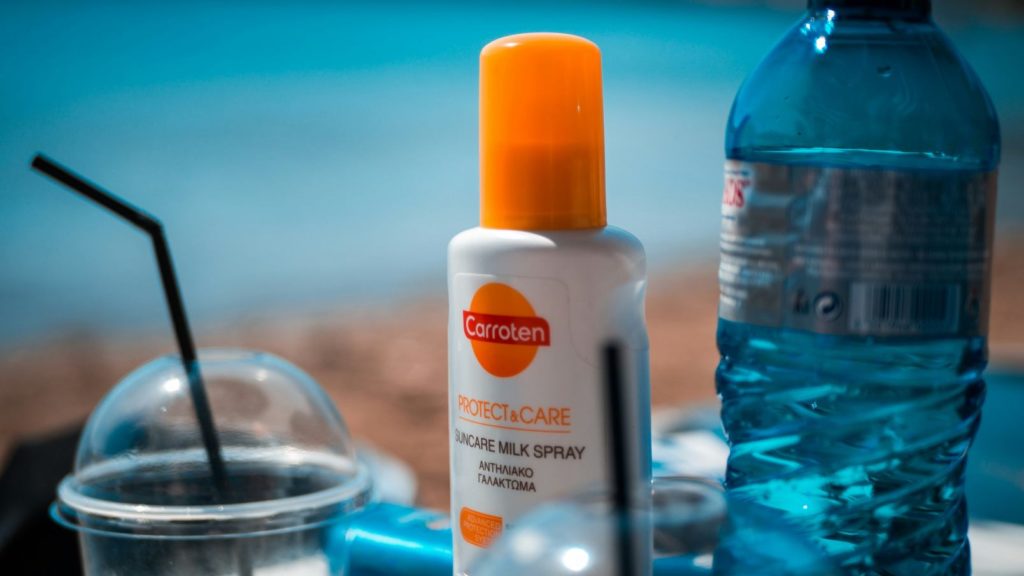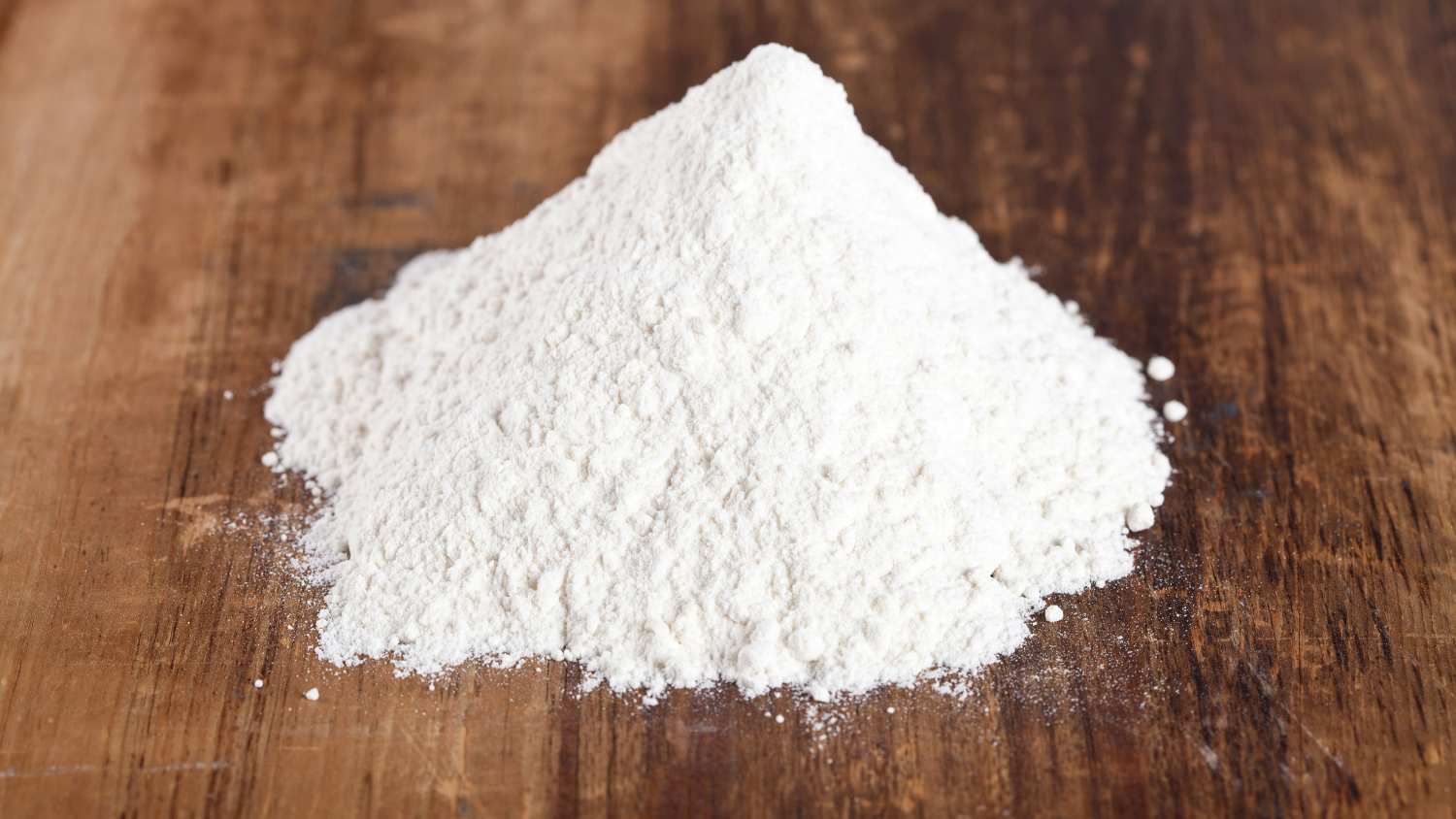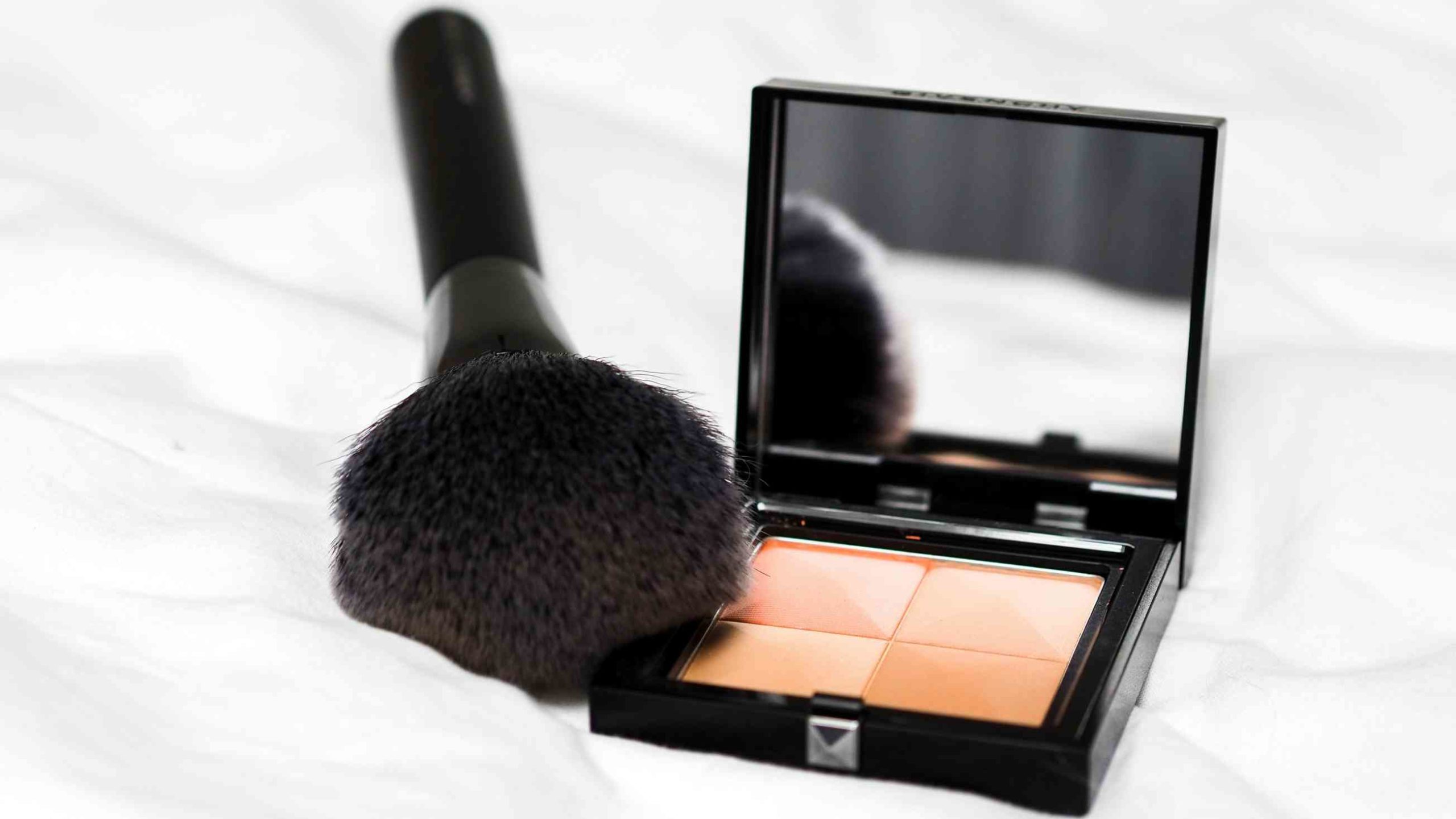Regulatory Overview and Scope
Cosmetic regulation differs considerably between the European Union and the United States. Although both markets share the objective of safeguarding consumer health, there are notable contrasts in how cosmetics are regulated, classified, and brought to market.
This article examines the key differences between the EU Cosmetics Regulation (Regulation (EC) 1223/2009) and US legislation, now consolidated under the Modernization of Cosmetics Regulation Act (MoCRA).
It focuses on areas such as ingredient classification, Good Manufacturing Practices (GMP), and the regulation of specific products like sunscreens. The article also explores how over-the-counter (OTC) cosmetic products are addressed under US law, highlighting the distinctions from European legislation.
Cosmetic Regulations in the European Union
In Europe, cosmetics are governed by Regulation (EC) No. 1223/2009, which establishes a range of requirements to ensure that products are both safe and of high quality.
This regulation applies to all cosmetic products sold within the EU, including those imported from outside the region. It outlines a series of obligations for companies, manufacturers, and distributors involved in the production and sale of cosmetics.
Some key aspects of the European regulation include:
- Product safety: Every cosmetic product must be safe for human use. Companies must provide safety evidence for each ingredient and product.
- Safety assessment: Each cosmetic product must be accompanied by a safety assessment from a qualified expert. The evaluation must consider all the ingredients and the finished product.
- Labelling: The regulation requires clear labelling, with information about the manufacturer, ingredients, and precautions for use.
- Product notification: Before being marketed, products must be notified to the Cosmetic Notification Portal (CPNP), a platform that allows authorities to monitor products sold in the European market.
Cosmetic Regulations in the United States
In the United States, cosmetics are regulated by the Food and Drug Administration (FDA) under the Federal Food, Drug, and Cosmetic Act (FDCA), along with other laws related to cosmetic safety.
However, regulation in the US has traditionally been less detailed than in Europe and, in general, does not require prior FDA approval before marketing—except in the case of over-the-counter (OTC) products, such as sunscreens.
All of these laws have since been consolidated, enhanced, and modernised under the Modernization of Cosmetics Regulation Act (MoCRA), which is discussed further in our article Guide to the New MoCRA.
Some key aspects of the legislation in the United States include, succinctly:
- Product Safety: Section 608 of the MoCRA requires documentation on the safety of cosmetic products. Methods to prove the safety of MoCRA cosmetics may include tests, studies, or other evidence approved by experts. A Cosmetic Product Safety Report (CPSR) is required as per European regulations or a toxicological risk assessment.
- Labelling: Labelling under MoCRA must include a list of ingredients, the intended use of the product, relevant warnings, and the details of the responsible person or manager. The new labelling requirements set out in Section 609 also mandate the inclusion of a warning about the possibility of adverse reactions and the contact information of the Responsible Person. In addition, any allergens present in fragrance components, as identified by the FDA, must be clearly indicated. Products intended for professional use must also carry appropriate labelling. In contrast, labelling requirements in Europe are far more detailed and harmonised across all Member States.
- Product registry: The MoCRA introduces, for the first time, a requirement for both product and facility registration with the FDA. In Europe, however, product registration has long been mandatory via the Cosmetic Products Notification Portal (CPNP) and must be completed before a product is placed on the market. In both regions, the registration process is free of charge.
Good Manufacturing Practices (GMP) Requirements

Good Manufacturing Practices (GMP) are a crucial aspect of ensuring the safety and quality of cosmetics produced. Although they are mandatory in both Europe and the United States, their application and regulation vary significantly between the two markets, with Europe having very detailed and well-established regulations, while in the United States the situation is evolving.
GMP in Europe: ISO 22716 and its Application
In Europe, GMP for cosmetics is primarily regulated by ISO 22716, which provides detailed guidelines for the production, quality control, and distribution of cosmetics.
These guidelines are mandatory for all companies that produce cosmetics for the European market, and apply to all stages of the production process, from the selection of raw materials to the control of the finished product.
The main areas of focus of ISO 22716 include:
- Quality control of raw materials: raw materials must be selected from suppliers who comply with safety and quality regulations.
- Formulation and production: Each step of production must be monitored to ensure that there is no contamination or errors during the process.
- Finished product control: Products must be tested to ensure that they meet the required quality and safety standards.
- Traceability: All stages of production must be documented, ensuring that each batch can be traced back to its origin.
Compliance with GMP is closely monitored by national regulatory authorities, who may perform unannounced inspections to verify that facilities are compliant. In the event of violations, the authorities can withdraw products from the market and apply penalties.
GMP in the United States: FDA and CGMP
In the United States, GMP for cosmetics is regulated by the Food and Drug Administration (FDA) through the Current Good Manufacturing Practices (CGMP) system.
Although the CGMP sets out some general requirements for cosmetics manufacturing, the FDA has not yet issued final guidelines specific to the cosmetics industry, but their publication is expected in 2025.
Meanwhile, the FDA requires cosmetic companies to implement safe and high-quality manufacturing practices, although these requirements are not as detailed as those in Europe.
Key areas covered by the CGMP include:
- Quality control: Businesses must ensure that cosmetics are produced safely and in accordance with quality standards.
- Cleaning and sanitization: The production environment must be kept free of contamination and ensure that there are no risks to consumer safety.
- Labelling and documentation: Companies must maintain accurate records regarding the production, testing, and labelling of cosmetics.
The FDA primarily intervenes after products are placed on the market, monitoring their safety and taking action only in cases of violations or reported issues. However, with the introduction of MoCRA in 2022, the FDA has gained expanded powers.
Companies are now required to register their establishments and notify the FDA of their cosmetic products. The current CGMP guidelines, which are still under development, are expected to provide greater detail and clarify how companies can achieve compliance.
There is currently a draft of the GMP guidelines, which is expected to be integrated and expanded for use in the United States. The starting point for these guidelines will be the ISO 22716:2007 standard.
Key Differences Between EU and US GMP
It remains difficult to clearly distinguish between the GMP frameworks of the two regions. A meaningful comparison will only be possible once the US guidelines referenced earlier are formally issued.
Differences Between OTC and Cosmetics: The Case of Sunscreens

Another significant area where European and US regulations differ is in the classification of products that contain active ingredients, such as sunscreens.
Sunscreens in the United States: Cosmetic or Drug?
In the United States, sunscreens are classified as over-the-counter (OTC) drugs rather than cosmetics. This classification means they are subject to stricter regulations, similar to those applied to other medicines.
For sunscreens, the FDA has determined that formulations containing certain active ingredients—such as oxybenzone and avobenzone—are considered drug products rather than simple cosmetics.
As a result, they must undergo an approval process similar to that required for other OTC medicines, which includes:
- Safety and efficacy tests to prove that sunscreens adequately protect against UV damage.
- Labelling with detailed information on the SPF protection level, how to use it and warnings.
- FDA registration and post-market monitoring.
Sunscreens in Europe: Cosmetics With a High Level of Regulation
In Europe, sunscreens are considered cosmetics and are regulated by EC Regulation 1223/2009, with specific provisions that treat them as a distinct category of cosmetic products. To learn more, see our article on Sunscreen Products Regulations in Europe.
To be marketed in the EU, sunscreens must:
- Be safe for human health (mandatory safety tests).
- Observe the concentration restrictions for each active ingredient (some filters are limited to a certain concentration to avoid toxicity risks).
- Be correctly labelled, with the indication of SPF (sun protection factor) and protection against UVA rays.
In general, sunscreens in Europe are not considered as drugs, but rather as cosmetics with protective properties, and are therefore subject to fewer stringent requirements than OTCs in the USA.
Key Differences Between the US and EU for Sunscreens
Classification: In the United States, sunscreens are over-the-counter products (OTC drugs), while in Europe they are cosmetics.
Regulation: In the US, sunscreens must follow strict requirements for over-the-counter medications, while in Europe, they are regulated as cosmetics with specific regulations on sunscreens.
Safety requirements: the USA requires more stringent efficacy and safety tests, while in Europe cosmetic safety tests and SPF protection regulations are sufficient.
Conclusion: Navigating Regulatory Differences Between the EU and US
There are significant differences between the European Union and the United States when it comes to both products and regulatory frameworks. Moreover, the landscape continues to evolve—particularly with the ongoing development of GMP requirements in the US, as discussed earlier.
Get in touch with us—we’ll be happy to support you in ensuring your product remains fully compliant across all target markets.



